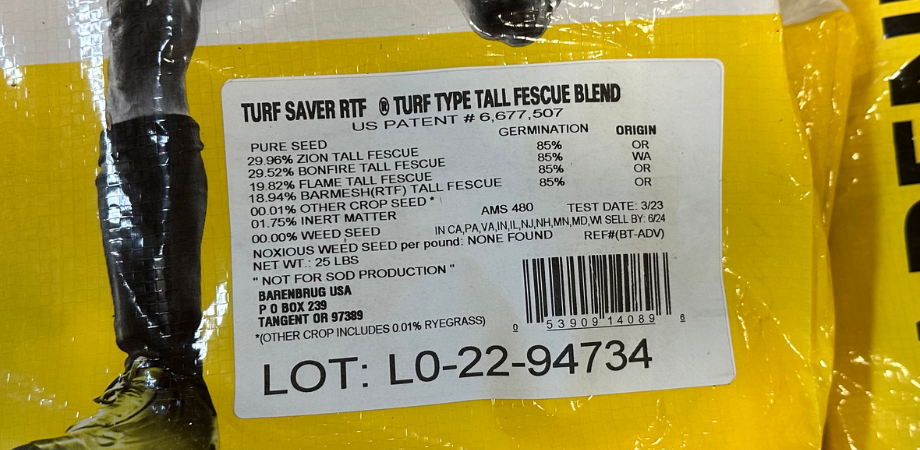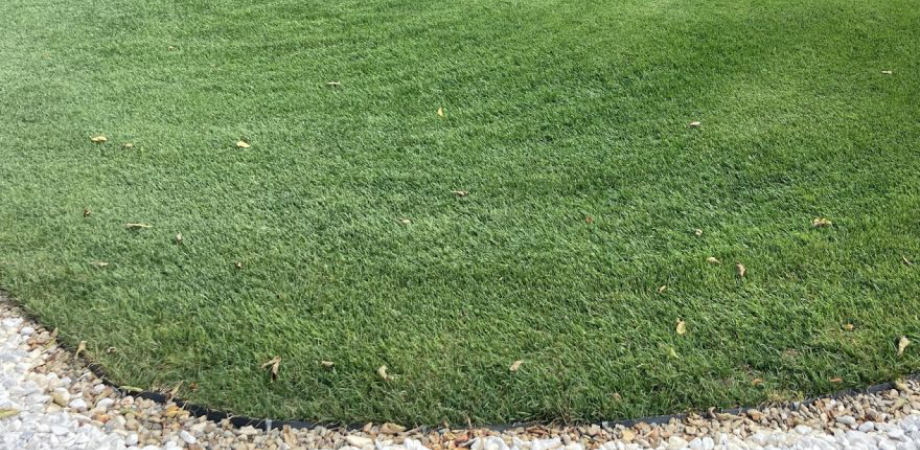High-silt infields have maintenance issues throughout the year because they lack the appropriate proportions of silt and clay. Infields that are high in silt become firm and dusty in dry conditions. Likewise, they become wet and sloppy after rain events. In addition to dry and rainy conditions, the freeze/thaw cycle and the end of winter also cause troubles for high-silt infields. You can typically spot a high-silt infield by its light tan “blond” color.
In addition to a visual inspection, you can identify a high-silt infield by its silt-to-clay ratio (SCR). An SCR above 1.0 is a sign of a high-silt infield. When there is more silt than clay, the infield can’t absorb rain appropriately. The ideal SCR is between 0.5 and 1.0.
An infield with a high SCR may play well for a short time, but will eventually have problems. High-silt infields can develop a dust layer on the surface with a hardpan underneath. An infield with a high SCR will erode in high wind conditions, and the infield material will migrate to the edges. Low areas may also develop around bases.
It’s important to avoid a high-silt infield not only for maintenance but also for player safety. Contact your sales representative for help determining the SCR of your infield and correcting it if it’s too high.












